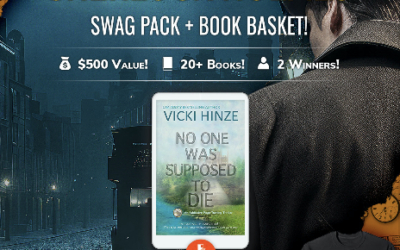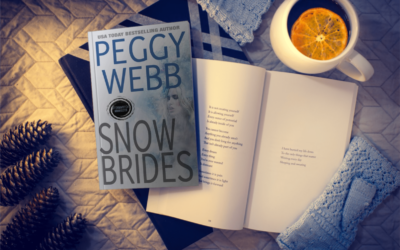We often hear the term, “Creative License,” and take it to mean that we can alter something someone else brought into existence or alter the know precepts or prevailing thoughts on something else that already exists. Neither is the type of creative license I’m exploring.
I’m exploring the nebulous feeling a writer gets when writing and something sudden and unexpected happens that requires the author to do something other than what s/he thought s/he would be doing. A character takes over, some unexpected event occurs that changes perception, goals, motivations–that changes everything.
And the writer freezes. Does s/he follow that path or the one intended?
I’ve run into this situation so often that I came up with a solution that works for me: The Hundred Page Rule. I follow the new path for a hundred pages. If it works, I keep it. If not, I toss it out and start over where I made the shift.
I hear some of you screaming about this, but there is a solid rationale for trudge through the mud on this new path to see what’s there. To grasp it, just open your mind and look at the process.
We get an idea. We think of it, then think on it. It feeds from our conscious mind down into our subconscious. Now we know that the subconscious takes everything literally, that it stores info in images, and it never forgets anything. So we get busy with other things, writing and non-writing related, and all the while our conscious minds are otherwise occupied, our subconscious mind is percolating on this idea. It’s chewing through all we’ve fed into it, slotting and ordering every detail–without exception. Every detail.
And so we sit down to write, and we come to this twist or turn on the path we hadn’t consciously anticipated. But here’s the question: Is this twist unanticipated by our subconscious?
That’s a question we should ask and often don’t.
When we follow, most often we discover that while we were busy elsewhere, our subconscious had slotted and ordered all we’d fed into it and spotted holes that need plugs, irregularities that need regulating, conflicts that need resolving, and challenges that need resolutions for the whole of the project to be viable, logical, and credible.
And so the subconscious fixed those things, and that’s why we came to the fork in the road and felt the urge to take a new path.
Some consider this a kick of creativity. The double-edge sword. Because for the subconscious to accurately work out these quirks, you have to consciously feed in the whole of the project. If you do, you get good results when following that hundred page rule. If you don’t, you might not like where you end up. Or in writing those hundred pages, you might add in elements that are additional subconscious food that alters the creative path yet again.
This is where art and creativity merge, and the author must discern which is the wiser. To do that with the least amount of inner conflict (in the writer, not the characters), the author must give him or herself a creative license to explore and experiment. Yes, even a license to fail.
There’s an old saying that he who does not dare much does not gain much. So dare.
You have a creative license to do so–and it’s issued by art and creativity!
Blessings,
Vicki
Vicki Hinze
©2008
Writing Craft and Life Blog: MY KITCHEN TABLE: 1 Writer, 1 Life
Writing Art and Creativity Blog: Vicki Hinze on Writing
Inspirational Blog: FAITH ZONE: A Simple Woman’s Spiritual Journey





